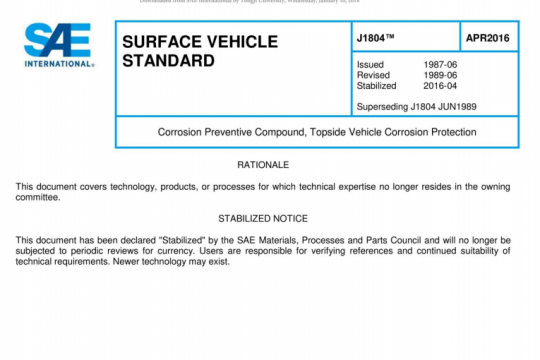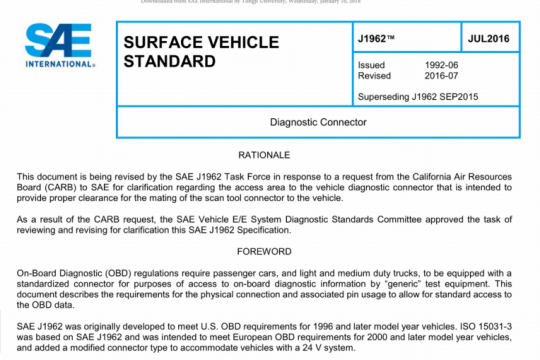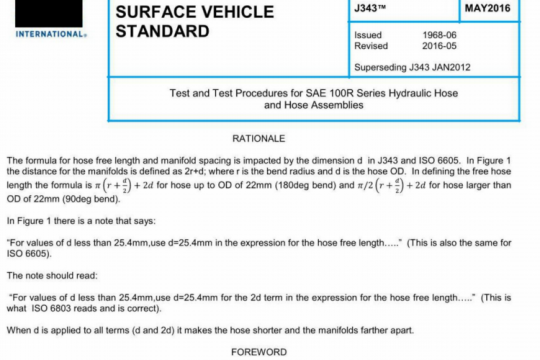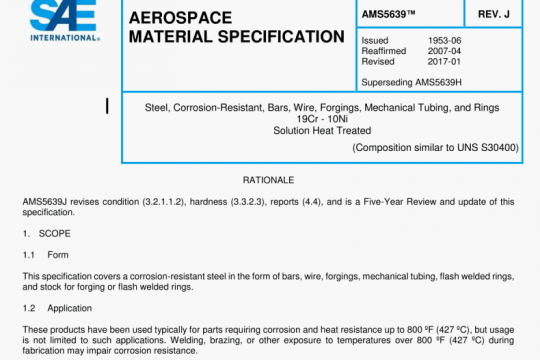SAE J1004:2019 pdf free
SAE J1004:2019 pdf free.Glossary of Engine Cooling System Terms
A subsystem for the purpose of containing the coolant which is expelled from the system when it expands due to an increase in the coolant’s bulk temperature. The recovery system consists of a tank that is partially flled and attached using a vent line to the vent on a fller neck of a full and pressurized radiator. As the coolant heats and expands it forces the radiator cap to open and allow fluid flow into the auxiliary tank. When the coolant cools, a vacuum is created forcing the radiator cap to open and that draws fluid from the tank back into the radiator. A pressure-vacuum cap is required for this type of system.
Device that seals the opening used to add coolant to the pressurized section of the engine cooling system and regulate the cooling system’s pressure level. A relief spring will move enough to open the seal above a specified pressure, allowing coolant or pressurized air to flow out of the opening (either to the environment or an auxiliary tank), and prevent over pressurization of the system that would cause structural damage or leakage elsewhere in the system. The opening system pressure is determined by the OEM. Note that once the cap is installed and sealed, pressure is only created when either (1) the coolant temperature rises above the value when the cap is sealed, (2) the volume expands thermally as in coolant recovery systems, or (3) there is another source of gas entering the coolant circuit. Simply installing and sealing a cap does not create pressure. In the case of recovery tank systems, a second spring reacting to vacuum will also be included in the cap to allow flow to return to the cooling system from the auxiliary tank when the coolant cools and contracts, and reaches a specified negative pressure below ambient atmospheric pressure.SAE J1004 pdf free download.




